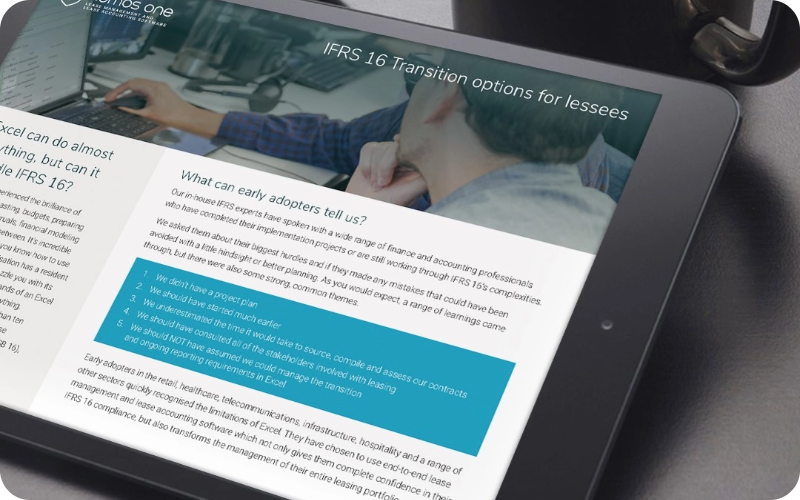Lease termination accounting is a critical aspect of lease management, requiring careful consideration and expert guidance to ensure smooth transitions and accurate financial reporting. Properly handling lease terminations can prevent financial discrepancies and compliance issues. This article explores the complexities of lease termination accounting and provides insights into navigating this process with confidence.

Understanding lease termination events
Lease termination events can occur in several ways, each with unique accounting and financial reporting implications. Common termination events include lease expiry, early termination, and lease surrender:
- Lease expiry. Occurs when the lease term ends as originally agreed.
- Early termination. Involves ending the lease before its scheduled expiry, often triggering penalties or additional costs.
- Lease surrender. Refers to an agreement where the lessee and lessor mutually decide to terminate the lease before the term ends.
Understanding these events helps accurately recognise their financial impact and achieve compliance with relevant accounting standards, as they directly impact how leases are accounted for in financial statements.
Accounting treatment for lease termination
The accounting treatment for lease termination involves several steps. First, the derecognition of lease liabilities and right-of-use assets must occur. This process includes removing these items from the balance sheet and recognising any related gains or losses. Any termination costs, such as penalties or remaining lease payments, must be accounted for. Adjustments to lease-related expenses, such as depreciation and interest, should also be made to reflect the termination. This process ensures that financial statements accurately reflect the company's obligations and assets post-termination.
Calculation of termination costs
Termination costs can significantly impact financial statements and must be calculated accurately. These costs typically include remaining lease payments, lease incentives that must be repaid, and any penalties for early termination. Calculating these costs requires a thorough understanding of the lease terms and conditions. By carefully reviewing the lease agreement and evaluating each aspect, businesses can determine the total cost of termination and ensure these amounts are appropriately recognised and reported in their financial records.

Impact on financial statements
Lease termination accounting significantly impacts several financial statements. On the income statement, termination costs can lead to an immediate expense, affecting profitability. The balance sheet will show a reduction in lease liabilities and right-of-use assets, which can impact key financial ratios. Cash flow statements will reflect any termination payments, influencing operating cash flow. Accurate and transparent financial reporting during lease termination is essential for stakeholders to maintain the integrity of financial statements and provide stakeholders with reliable information.
Documentation and compliance requirements
Proper documentation and compliance with lease accounting standards such as IFRS 16 (AASB 16) are critical during lease termination. All lease termination agreements must be documented, detailing the terms and conditions of the termination. For compliance, lease accounting standards must be reviewed to determine how lease terminations should be reported, ensuring consistency and transparency in financial reporting. Disclosure requirements for lease termination events must be met, including providing detailed information in financial statements and footnotes so that the financial impact is clearly reflected.
Mastering lease termination accounting requires thoroughly understanding lease agreements, accounting principles, and compliance requirements. By leveraging expert guidance and best practices, businesses can confidently navigate lease termination events, ensuring smooth transitions and accurate financial reporting.
Check out our comprehensive IFRS 16 guide to learn more about lease accounting standards and best practices for managing leases.

























